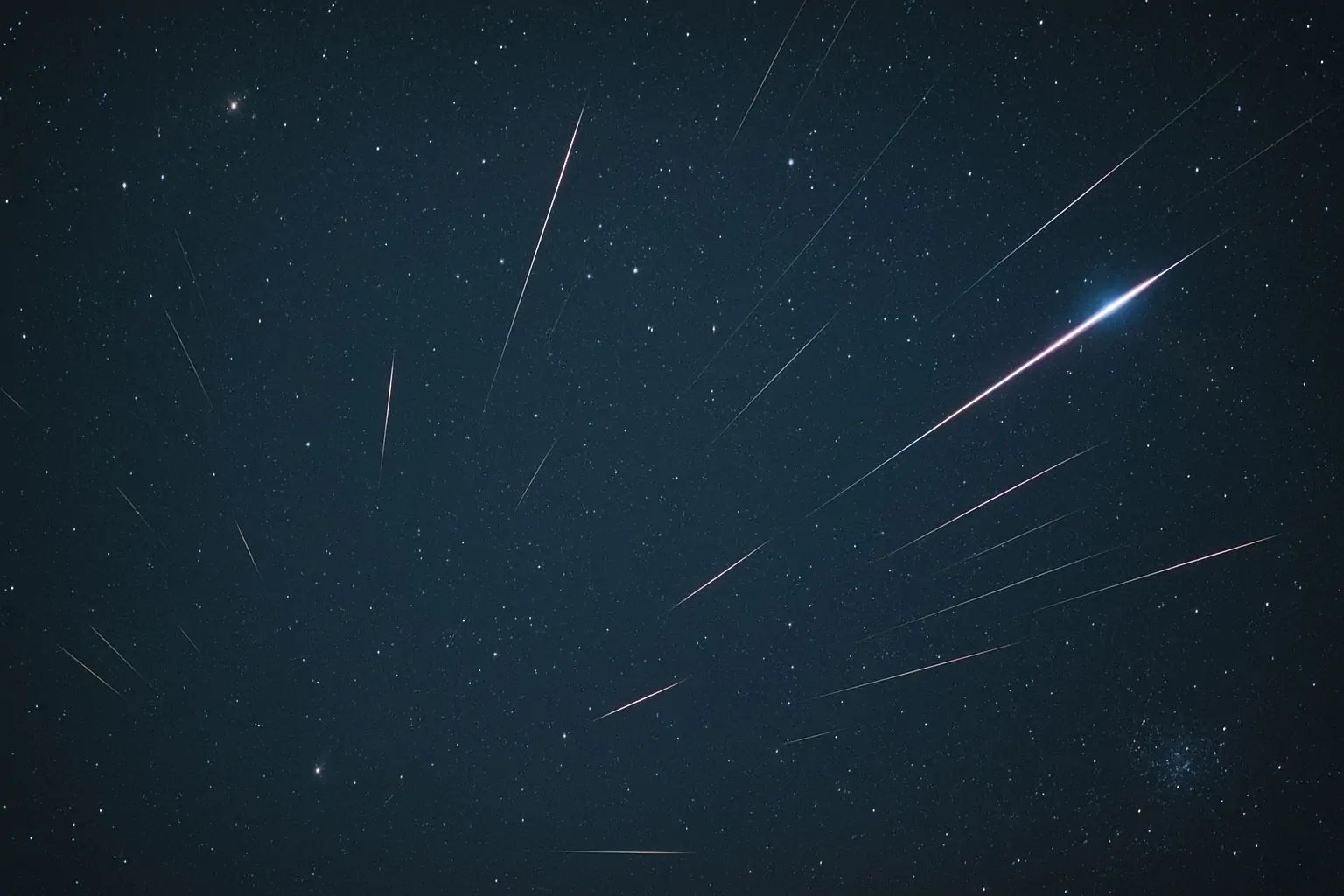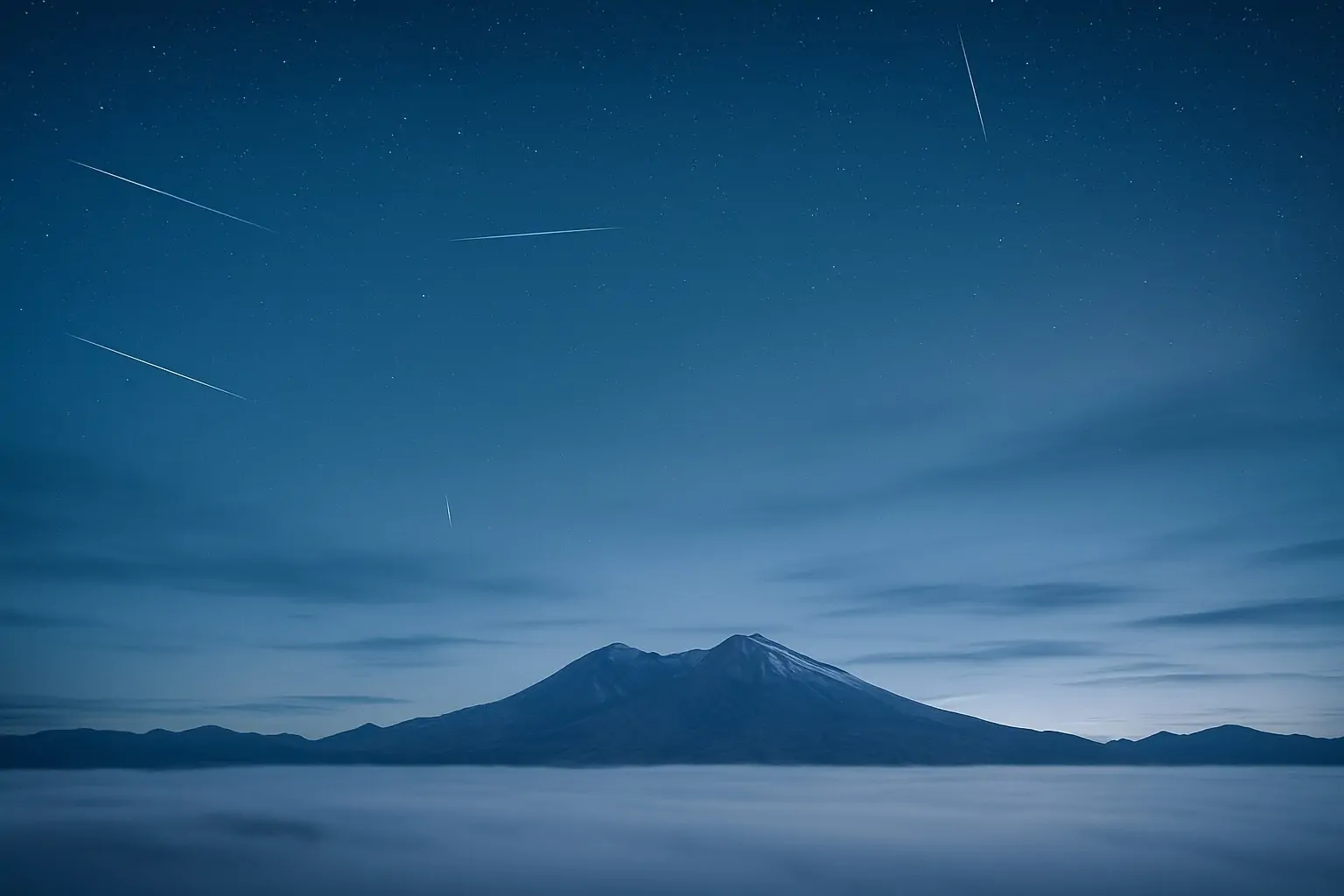
December 2025 Skywatch Alerts: Geminids Meteor Storm, Rare Planetary Sights & Auroras Galore
The Geminid meteor shower peaks overnight on December 13–14, 2025, with as many as 100–150 meteors per hour under dark skies, originating from asteroid 3200 Phaethon. The Ursid meteor shower peaks around December 21–22, 2025, near 11:00 UTC, typically producing




